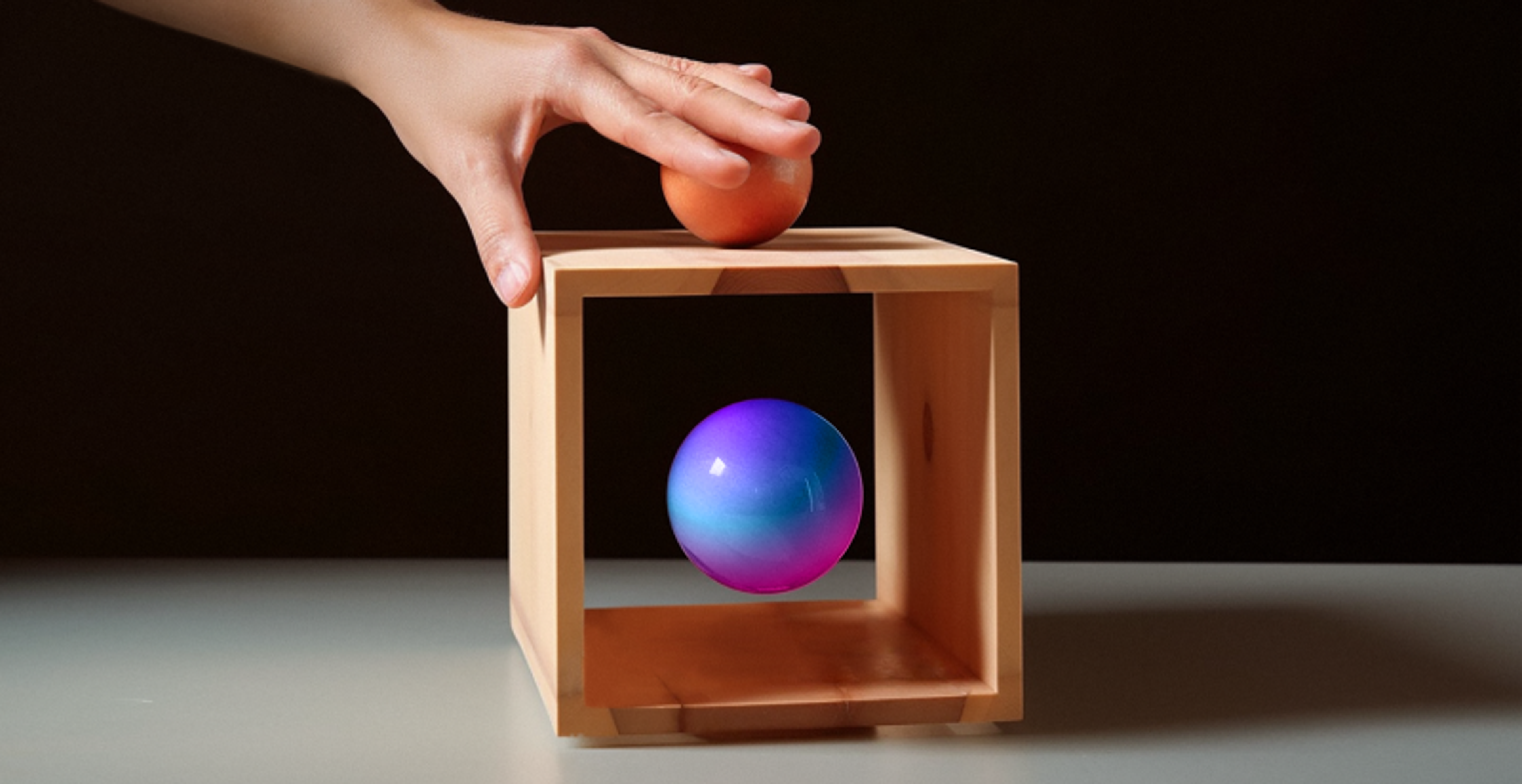A strong brand identity not only differentiates your business from competitors but also delivers meaningful value to your target audience. A well-defined brand development strategy, including a focus on brand equity, is critical to achieving these goals.
Partnering with a reputable branding agency ensures a collaborative approach to driving impactful results.
What Is Brand Development?
Brand development shapes market presence by uniting design, positioning, and customer experience into one system. A clear strategy defines audience, values, and differentiators, builds recognition and preference, and tells a compelling story versus competitors — deepening trust and driving long-term growth.
Brand Development Process

The Framework: Storytelling, Equity, Architecture
Part 1: Brand Storytelling
Brand storytelling turns your business purpose into compelling stories that create emotional connections with your audience.
Build Strong Brand Stories: Create stories that connect your brand values to customer needs. Your brand story should explain why your business exists beyond making money. Great brand stories mix authenticity with inspiration.
Tell Stories Everywhere: Your brand story must work across all touchpoints. Website copy, social posts, packaging, and customer service should all support the same story themes. Consistency builds trust and recognition.
Design Emotional Experiences: Create stories that trigger specific feelings in customers. Map out the emotional journey you want customers to experience with your brand. Different story parts should support different stages of the customer relationship.
Brand Story Template by Clay

Part 2: Brand Equity
Brand equity represents the extra value your brand adds beyond your basic products or services. It determines whether customers choose you over competitors and pay higher prices.
What Makes Brand Equity Strong: Strong brand equity combines awareness, positive associations, quality perception, and customer loyalty. Each part strengthens the others to create lasting competitive advantage.
Measure Your Brand Value: Track brand equity through customer surveys, social listening, and market research. Monitor brand associations, purchase intent, and willingness to pay premium prices. Regular measurement shows whether your brand building works.
Build Brand Value Over Time: Build brand equity through consistent quality delivery, honest communication, and meaningful customer experiences. Focus on creating positive associations that separate your brand from alternatives.
Part 3: Brand Architecture
Brand architecture organizes your brand family and defines relationships between different brand parts. This framework guides decisions about new products, markets, and partnerships.
Choose Your Brand Structure: Decide whether to use one main brand for everything or create separate brands for different offerings. Main brands build unified recognition while separate brands allow focused positioning.
Design Your Brand Family: Structure your brand family to maximize both clarity and flexibility. Your structure should help customers understand your offerings while giving you room to grow into new areas.
Manage Your Brand Portfolio: Manage relationships between different brand parts systematically. Define which brands support each other and which should stay separate. Clear structure prevents customer confusion and wasted resources.
Steps in Brand Development Strategy
A well-structured brand-development plan helps your business align its values with what your audience cares about. Following a precise method means your brand won't just be a name. It will drive decisions and build loyalty. Here's the path:
Define Your Brand Purpose and Goals
Start with the question: "Why do we exist?" Your answer isn't just about making a profit. Write down your mission, vision, and the values that keep the lights on. What problems do you solve for customers, and what long-range goals guide your decisions? Capture these in a strong brand statement. This mini-essay sparks team pride and keeps your audience focused on what you stand for.
Research Your Target Audience
Dig deep into who your ideal customers are and what will make their lives better. Survey their demographics, habits, likes, and the blockers they face daily. Designing the right products and clear messages becomes much easier when you understand their dreams and frustrations. The more you learn, the sharper and more relevant your brand can be.
Target Audience
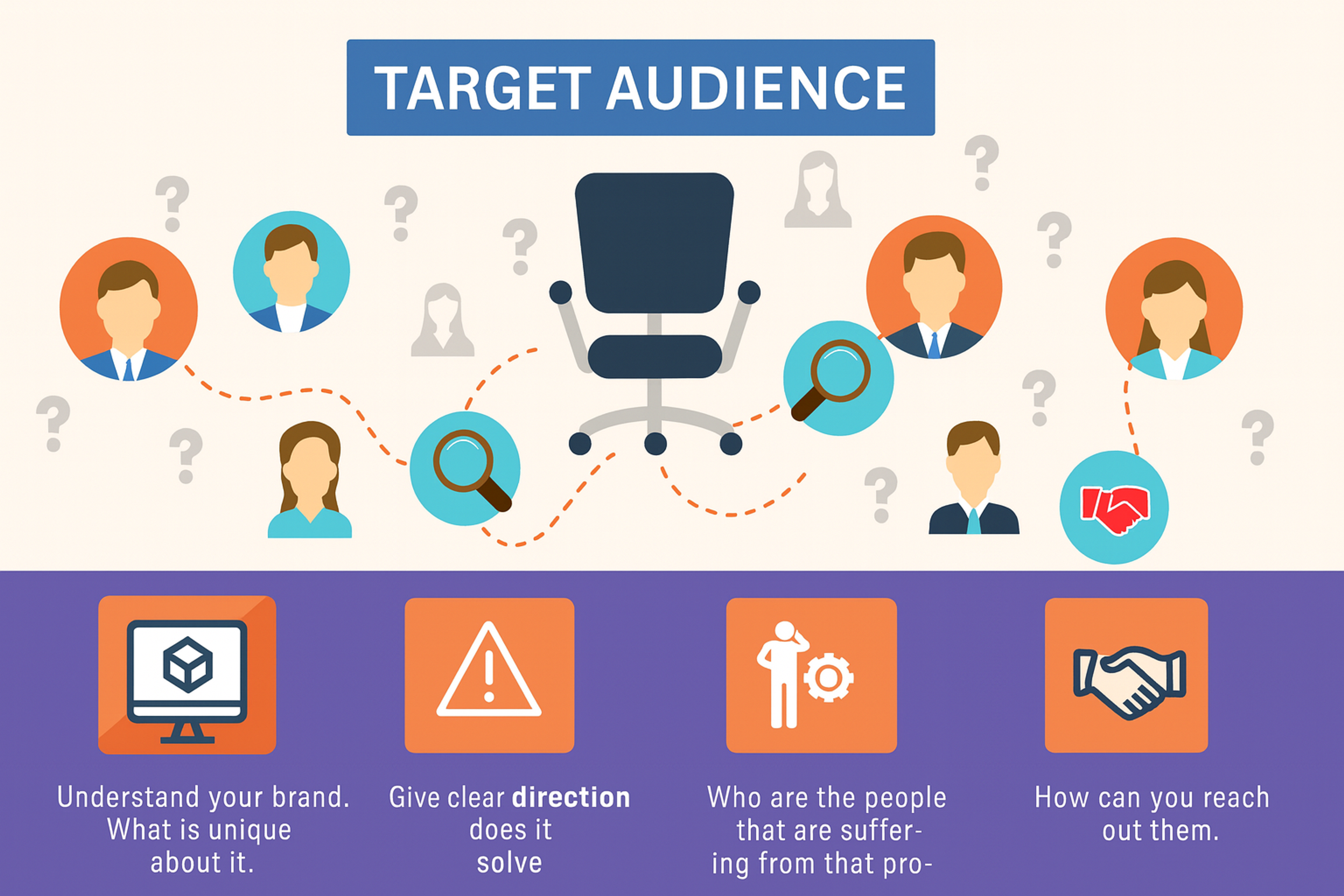
Look at the Competition
Taking the time to study your competitors can pay off big. Find out what they're getting right — and what they're getting totally wrong. Is their customer service impeccable? Do their products have a feature your audience hates and wishes someone else would fix? Often, capitalizing on a single weakness can give you a significant edge.
This snapshot shows you the market's landscape and sparks ideas for your marketing and positioning strategy. Jot down anything you can borrow or improve on, whether that's fast support, a unique product feature, or a distinctive voice that stands out.
Develop Your Brand Identity
Your brand identity is defined by the way your logo, colors, typography, and tone shape how customers feel when they interact with you. Each piece relates to your brand's personality and values, so everything should tell the same story.
Picture the emotion you want your customers to walk away with. A polished, consistent identity builds instant recognition and frames your business as professional and reliable.
Brand Identity Elements by Clay
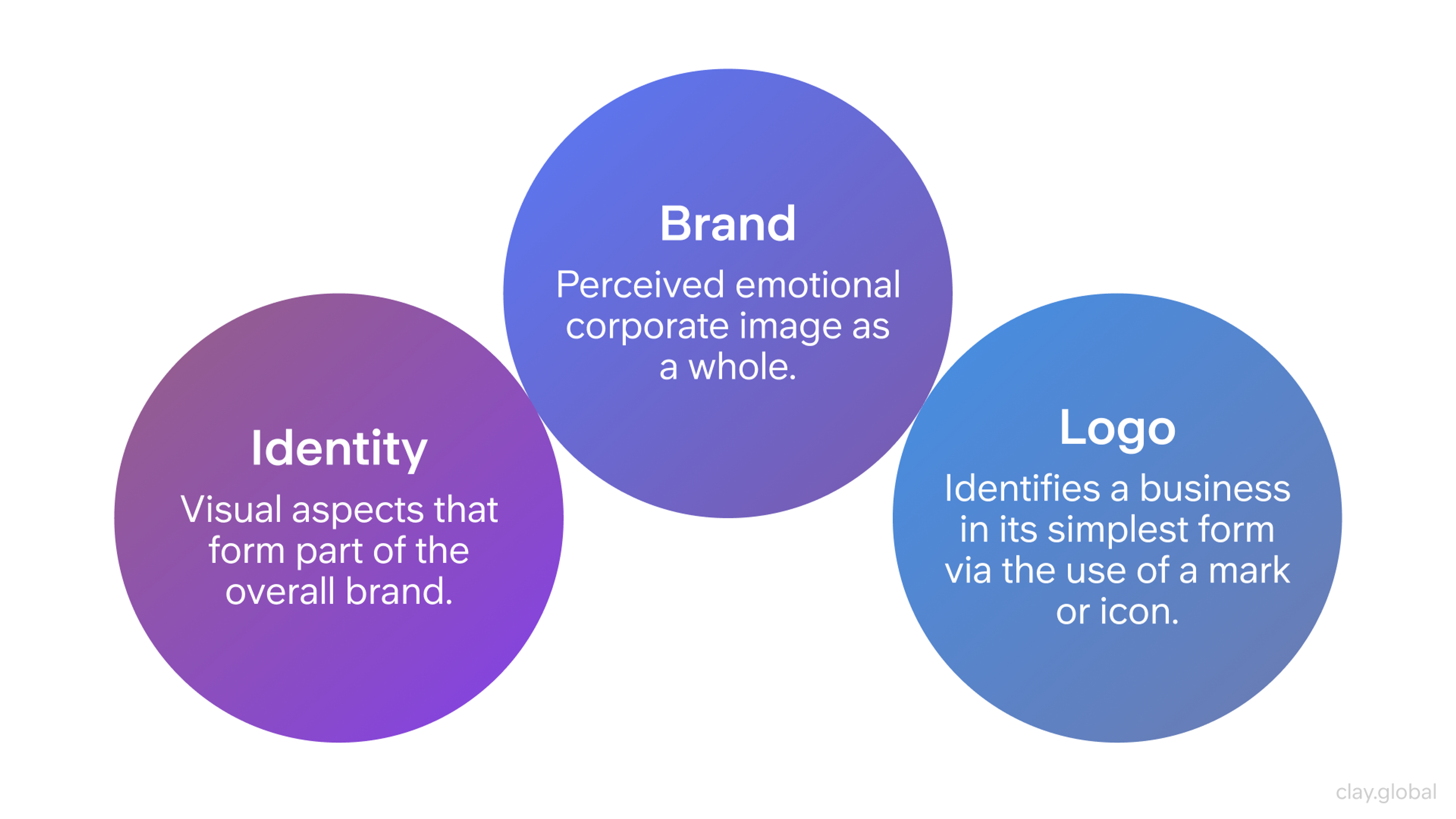
If you're ready to make that happen, look to the experts at Clay. Founded in San Francisco, Clay blends storytelling, design, and strategy to create brand systems that connect emotionally. Our team helps you decide how you look, feel, and act in every customer interaction.
Implement and Promote Your Brand
Once your brand is ready on paper, it's time to bring it to life. Your brand must appear in every part of the customer journey — from how a phone call is answered to the stickers on the packaging. Employees should act the part, brochures should tell the same story, and every ad must match the look and feel you designed.
You can give your brand the spotlight by running ads, posting stories, making shareable content, partnering with influencers, and sending news releases. The broader your toolkit, the brighter your brand shines.
If you extend the brand to new products, the same consistency will tell customers they can trust your new offerings because they know the brand for its steady look and voice.
Craft Your Brand Messaging
Next, craft messages that express your brand's personality. Start with a short, memorable tagline and a simple sentence explaining why your brand is the best fit for them. Your customers shouldn't need to guess what your brand stands for.
Use clear, friendly language that speaks right to the heart of your target. Speak in the same tone your audience uses. Tailored phrases let them know your brand was designed for people like them. When they read it, they should feel you're the brand ready to improve their daily lives.
Build Your Online Presence
Finally, a strong brand needs a strong online home. Build a professional website that echoes your brand's colors, voice, and values. Make sure your contact info is easy to spot to invite potential customers to start the conversation. A polished, easy-to-navigate site makes a confident first impression and keeps the brand story online 24/7.
Focus on the social media channels that matter most to your target clients. Ensure your graphics and visuals deliver a consistent message regardless of where they appear. A unified online presence makes it easier for potential clients to discover your work and reinforces a dependable brand image.
Best Practices and Tips for Brand Development Strategy
Building a brand relies on detailed planning and technique rather than cosmetic marketing. Here are some best practices to create an effective brand reputation within the organization.
Encourage Interdepartmental Communication
Brand development is not simply a function of marketing. A customer interacts with your brand through various touchpoints, including customer service and product development.
Everyone plays a role. Schedule regular interdepartmental meetings so that all departments are updated on brand changes.
This way, communication around updates and feedback is more efficient. You may also establish a multidisciplinary strategic brand management team to coordinate and implement key brand strategies.
Implement Comprehensive Documentation
Develop detailed brand guidelines that go beyond basic visual standards. Your documentation should include:
- Real-world examples of brand expression
- Templates and resources for common brand applications
- Process for requesting brand assets and approvals
Stay Agile While Maintaining Consistency
While consistency is crucial, your brand strategy should be flexible enough to evolve with changing market conditions and customer needs. Establish regular review periods to assess brand performance and make necessary adjustments. Create frameworks for evaluating potential brand extensions or modifications while preserving core brand equity.
Advanced Brand Analytics and Measurement
Modern brand development requires smart measurement systems that track both perception and performance.
Analyze Brand Sentiment
Monitor Brand Mentions in Real Time: Track brand mentions and sentiment across digital channels continuously. Quick response to negative sentiment prevents small problems from becoming major issues.
Recognize Sentiment Patterns: Find patterns in customer sentiment that predict business outcomes. Sentiment trends often come before sales changes and customer behavior shifts.
Develop Response Strategies: Create systematic responses to different sentiment patterns. Positive sentiment deserves amplification while negative sentiment requires investigation and resolution.
Map Brand Perception
Analyze How Customers See You: Map how customers perceive your brand compared to competitors across important features. Perception maps reveal positioning opportunities and communication needs.
Measure Association Strength: Measure how strongly customers connect specific features with your brand. Strong positive associations become competitive advantages.
Find Perception Gaps: Compare intended brand positioning with actual customer perceptions. Large gaps show communication problems or delivery issues.
Examples of Brand Development
Here are some good examples of brand development:
Chipotle
Chipotle is a prime example of successful brand development, revolutionizing fast-casual dining with its "Food with Integrity" philosophy. By offering sustainably sourced, high-quality ingredients with the convenience of fast food, the brand stands out in a crowded market.
Their effective use of social media has fostered a relatable, personal brand, amplifying brand awareness. Chipotle’s commitment to quality and turning challenges into opportunities has strengthened its position, with engaging social media content playing a key role in its growth.
Source: chipotle.com
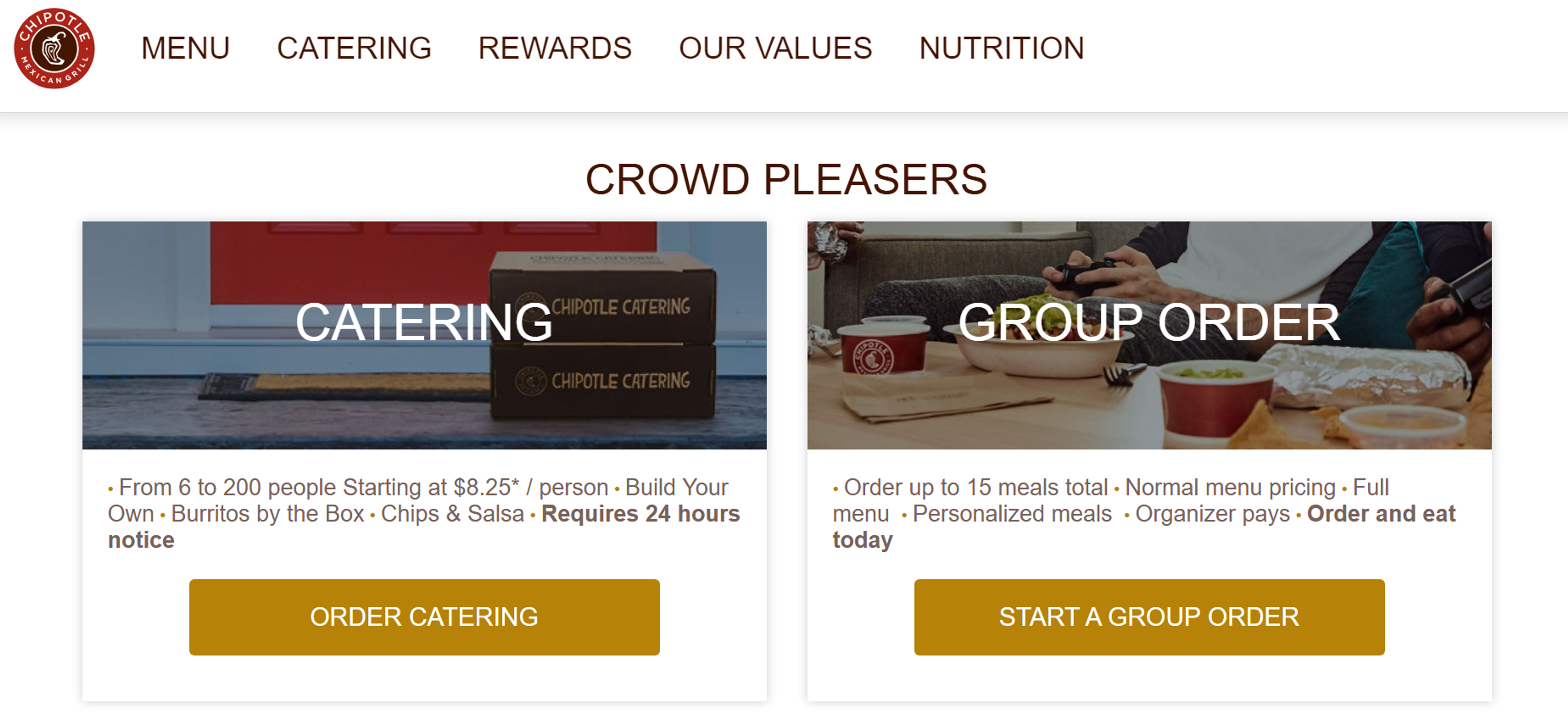
Dollar Shave Club
Dollar Shave Club stands out as a master of brand recognition, disrupting a saturated market with its affordable, subscription-based razor model. Their viral, humorous marketing campaign quickly propelled the brand into the spotlight, establishing a strong identity.
The brand's success highlights the power of content marketing in building recognition. By resonating with its audience through a relatable voice, Dollar Shave Club not only entered the market but redefined it, cultivating a loyal customer base.
Source: us.dollarshaveclub.com
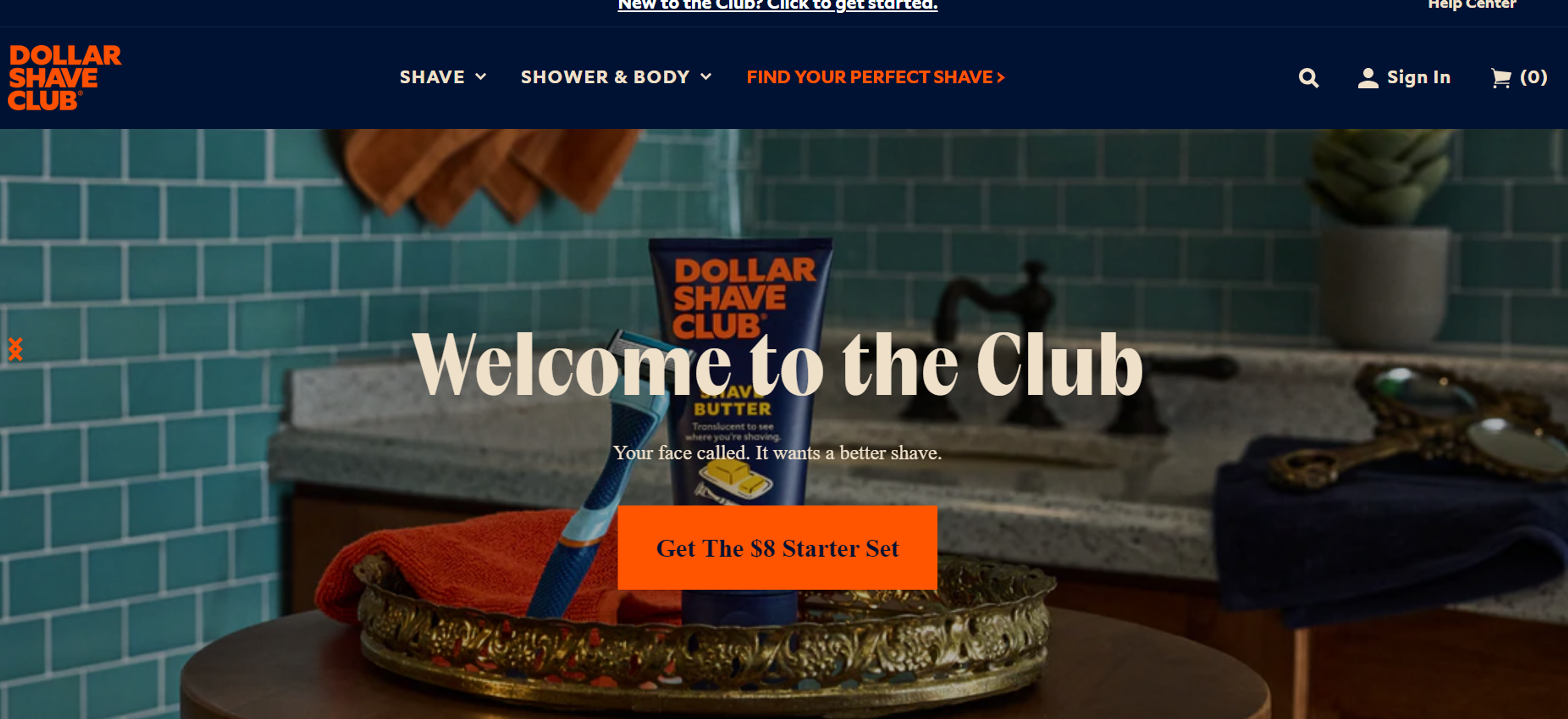
Quorn
Quorn has successfully carved a niche in the growing meat alternatives market with its sustainable and health-conscious offerings. By using mycoprotein to create unique products, Quorn has differentiated itself as a pioneer rather than just another meat substitute.
The brand appeals to a diverse audience — health enthusiasts, environmentalists, and those reducing meat consumption — while staying true to its core values of sustainability, health, and taste. As a result, Quorn has built strong brand positioning and become a trusted name in meat alternatives.
Source: quorn.co.uk
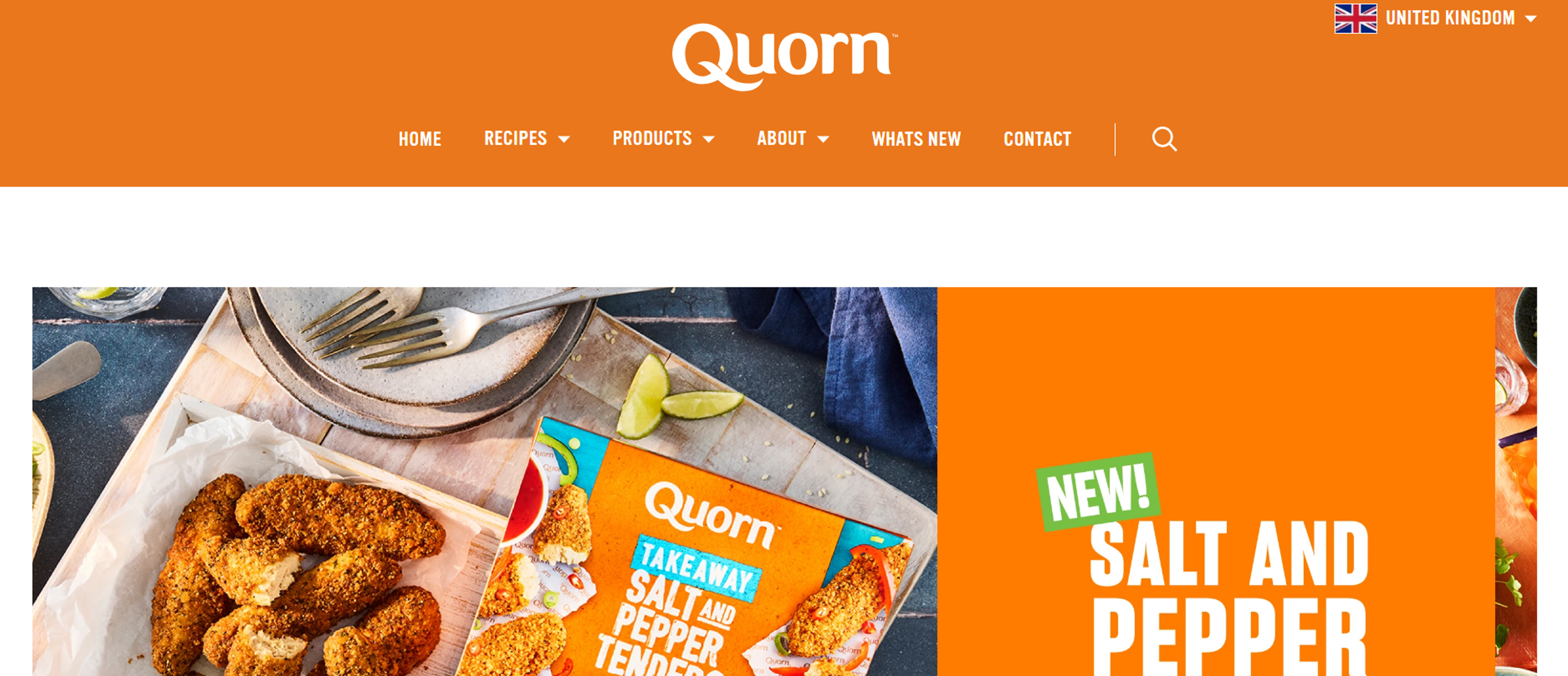
FAQ
What Are The 3 Cs Of Branding?
The 3 Cs of branding are Consistency, Clarity, and Commitment. These principles ensure a brand communicates the same message across all channels, is easy for customers to understand, and stays true to its values over time.
What Is The 3C Model Strategy?
The 3C model strategy focuses on Company, Customer, and Competitor. It helps businesses analyze their strengths, understand customer needs, and position themselves effectively in the market.
What Does 3 Cs Stand For?
In branding, 3 Cs stand for Company, Customer, and Competitor. In messaging, they may also refer to Clarity, Consistency, and Creativity, depending on the context.
What Is The 3C Model Of Brand Positioning?
The 3C model of brand positioning highlights how a brand should balance customer value, company strengths, and competitive advantage. It ensures the brand resonates with its audience while staying distinct from rivals.
What Is The Rule Of 3 In Branding?
The rule of 3 in branding suggests that messages grouped in threes are more memorable and persuasive. Brands often use three core values, taglines, or key messages to create a simple and lasting impression.
Read More
Conclusion
Successful brand development requires consistency and quality to create a unique, recognizable identity that connects with customers. Companies should leverage content marketing to increase awareness and engage buyers through informative content.
By optimizing reach across social and traditional media channels with targeted tools like geo-targeting, businesses can deliver resonant messages to their audience.
Regular content posting combined with email campaigns and SEO helps build brand familiarity and encourages organic social sharing. These strategies drive long-term success through increased brand loyalty and conversions.
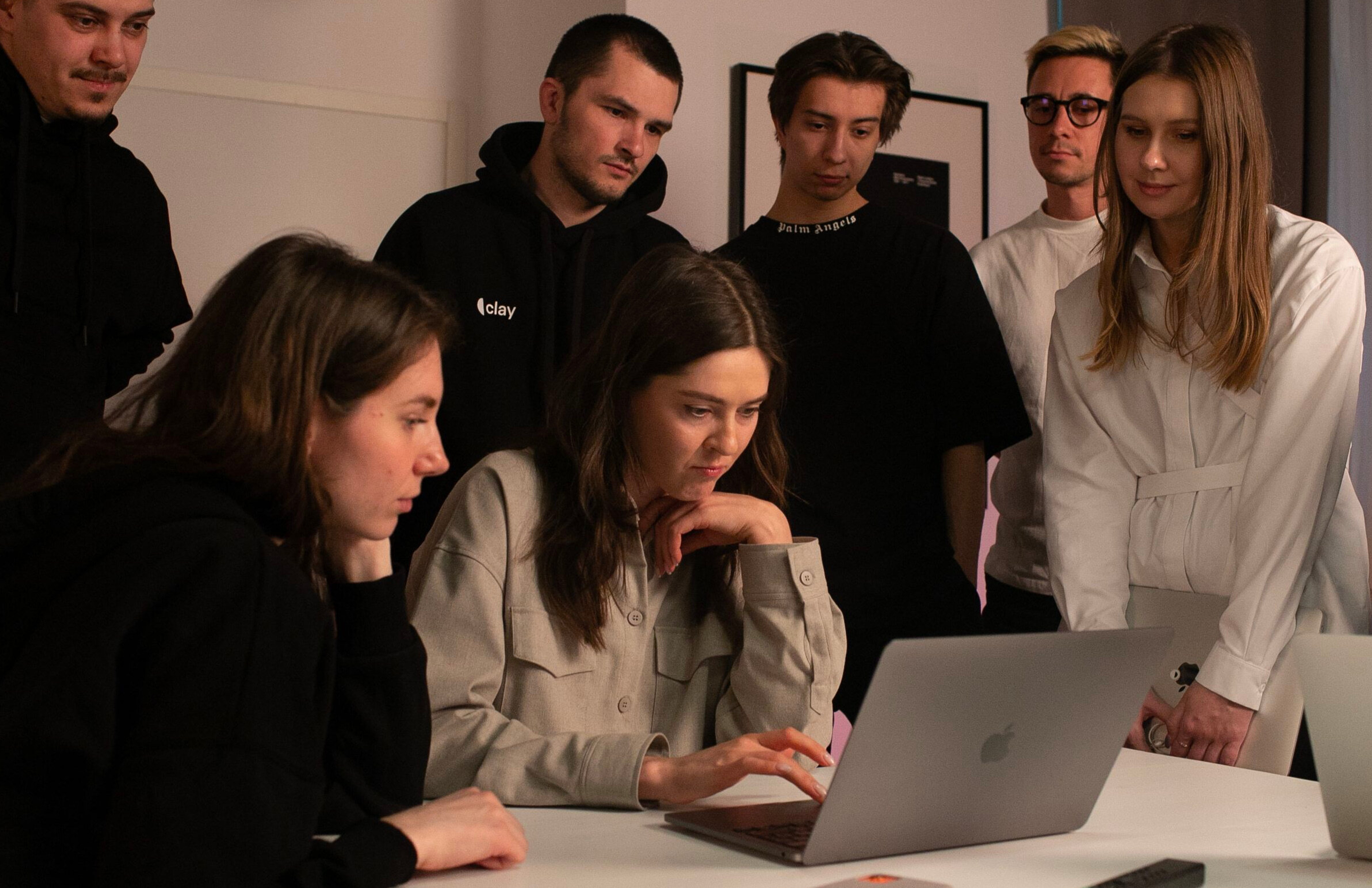

About Clay
Clay is a UI/UX design & branding agency in San Francisco. We team up with startups and leading brands to create transformative digital experience. Clients: Facebook, Slack, Google, Amazon, Credit Karma, Zenefits, etc.
Learn more

About Clay
Clay is a UI/UX design & branding agency in San Francisco. We team up with startups and leading brands to create transformative digital experience. Clients: Facebook, Slack, Google, Amazon, Credit Karma, Zenefits, etc.
Learn more